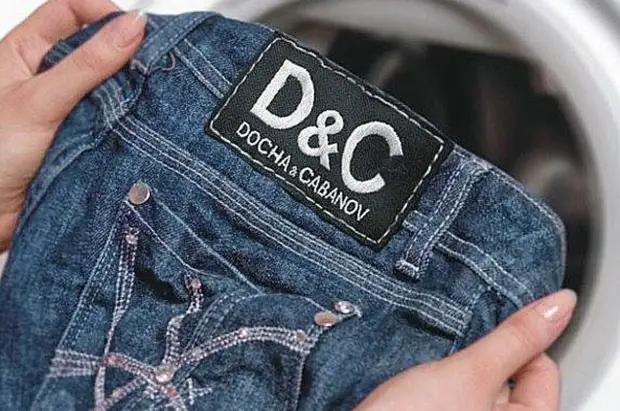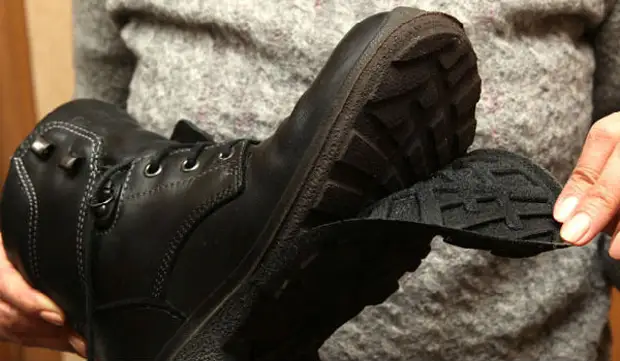How many times each of us was convinced of us that brought home at all the thing that went to the store or to the bazaar! And myself was surprised: how could not see the obvious flaws in the purchased update?! And the fabric is not the one that wanted; and seam curve; And here is the lowered loop in the knitwear.

Going for purchase, Tune in to the fact that all your attention will be focused on the quality of the ite, taking into account those tips that we will provide you.
Tip 1: If you want to buy a cotton thing, squeeze the corner of the fabric in the palm. If the cloth crumbles and become similar to a crumpled piece of paper, it means that it is not natural cotton, but to give it the visibility of cotton, it was treated with a special substance for temporary molding. After the first washing, she will completely lose sight and will look old.
Tip 2: Check the seams on the stitch density
If you pull the cloth in the silence, then you will find a pretty clear picture of the stitch quality. Fresh stitch and dense seam - an indicator of good quality things. Sub-quality products in the place of crosslinking parts will have spaces, if they pull over them, the seam is stretched, as if it is sprawling.
Tip 3: in high-quality lightning things metal and almost always closed by a plank.
Be sure to pay to the confusion. Such zippers are reliable and durable. Plastic open zippers look slightly and quickly break. Mengery to change, not to mention the fact that it is much more difficult to enter it in the finished product than in the sewing process.
Tip 4: Pay attention to what the bending product is.
It must be at least 4 cm in trousers and skirts, and on blouses, shirts - up to 2 cm. If the back is less or it is not at all, and the edge of the product is simply overclocked, then this thing is low quality.
Tip 5: Check the fabric to return to your form after tension.
Pull the fabric slightly and immediately release. If it is "spring" and returns the form, then this is a quality material. Poor quality fabric will look untidy, it is a cheap material that you are trying to sell at a high price.
Tip 6: Check the clashes on dresses or other clothes.
They should be combined in color, the length of the lightning parts must coincide, the clashes must be even, do not shove in the product, pulling the fabric.
Tip 7: The label can provide a lot of product information.
Be careful, looking at her. First of all, check it for compliance with the brand. If you do not doubt the brand authenticity, read the composition of the fabric. The most useful for wearing clothing from 100% cotton, silk or wool, but care is more complex, requires special and washing, and ironing. A small additive synthetics (polyester, nylon, etc.) makes a thing that can better keep the shape and smallest.
Tip 8: Make sure that the color of the fabric and threads in the seams are combined in color. This is one of the most important indicators of the quality product. When the production of products is made by the flow, massive consumer goods, then there are no attitudes on such "little things", they do not pay attention, and this greatly affects that it can be noted with a naked eye.
Tip 9: Pay attention to the method of sewing buttons and to perform loops for them.
This is another indicator of high quality products. The exact coincidence of the slotted loop with a sewed button without excess remnal or wrinkles, smooth looped loop with an absolutely identical stitch height, without waviness and wrinkles makes the product truly exquisite. The negligence in the performance of these operations is considered to be Halturoy, therefore, there is such quality in cheap clothes.
Tip 10: Follow the quality of painting products in bending areas, sewn belts, buckles and other accessories.
Uncrowded places over time become even more visible and more exposed to pollution, which makes the thing slurry, untidy.

If you consider our advice and follow them when choosing clothes, it will help to avoid disappointment when viewing the purchase of the house, after shopping.
A source
